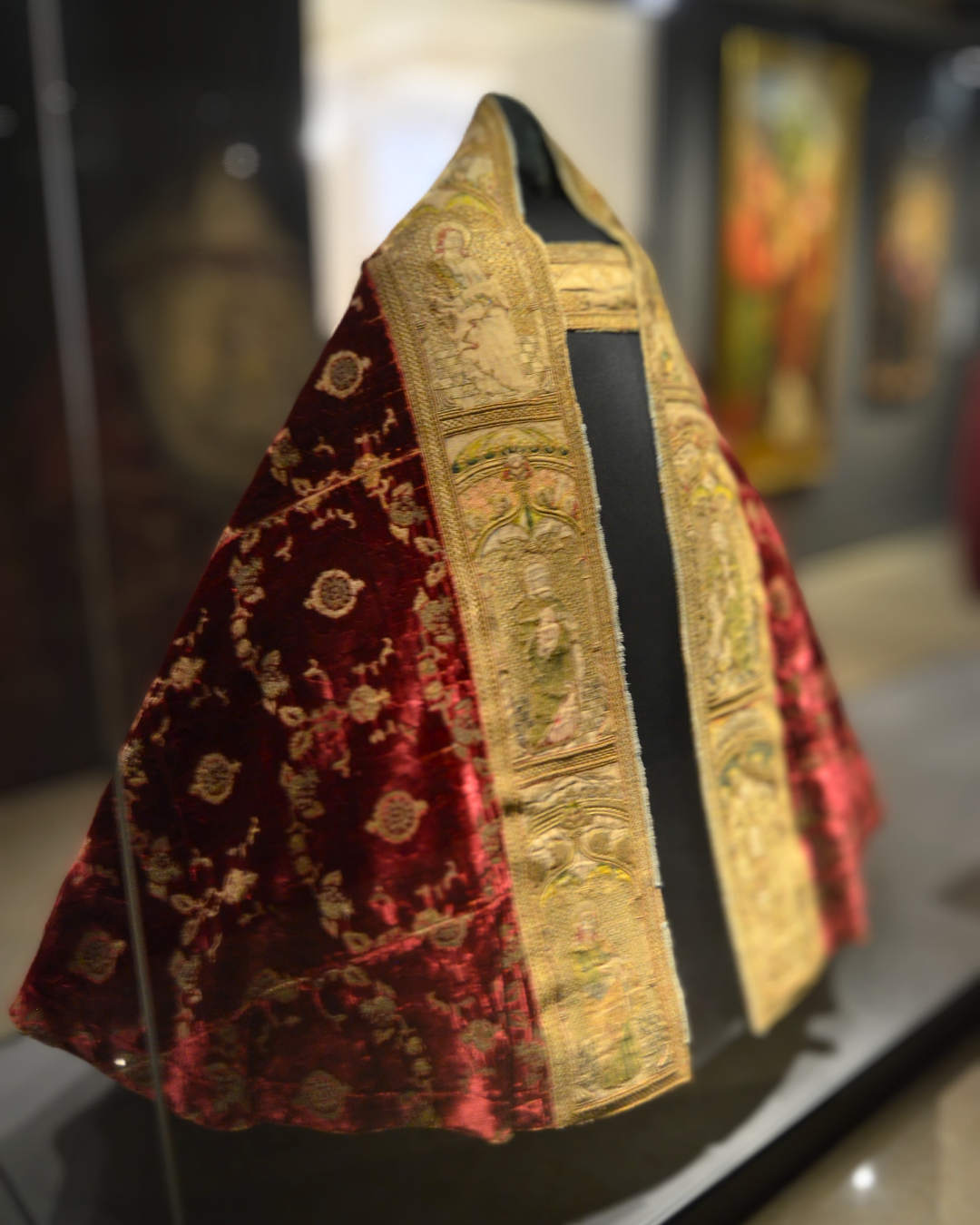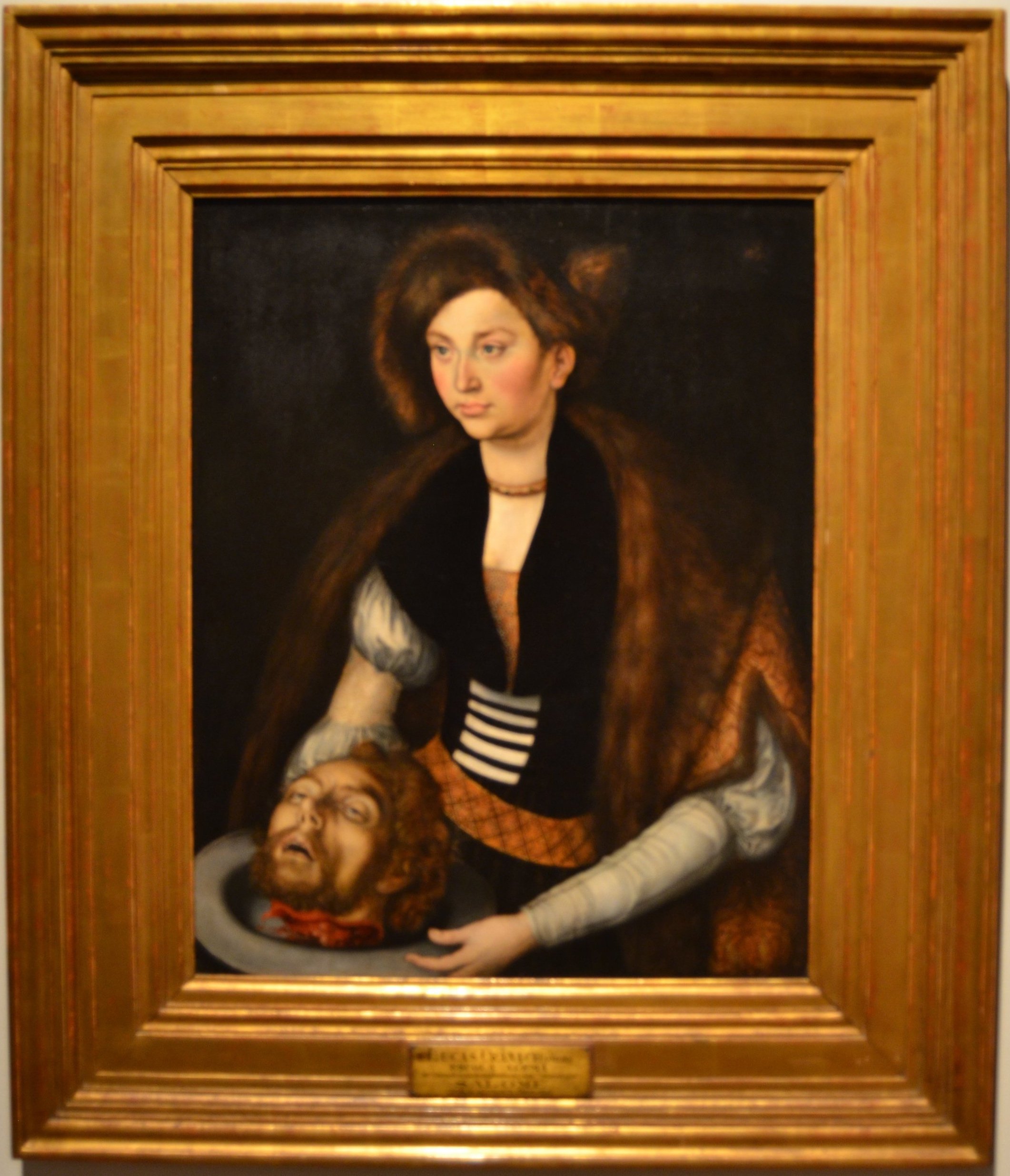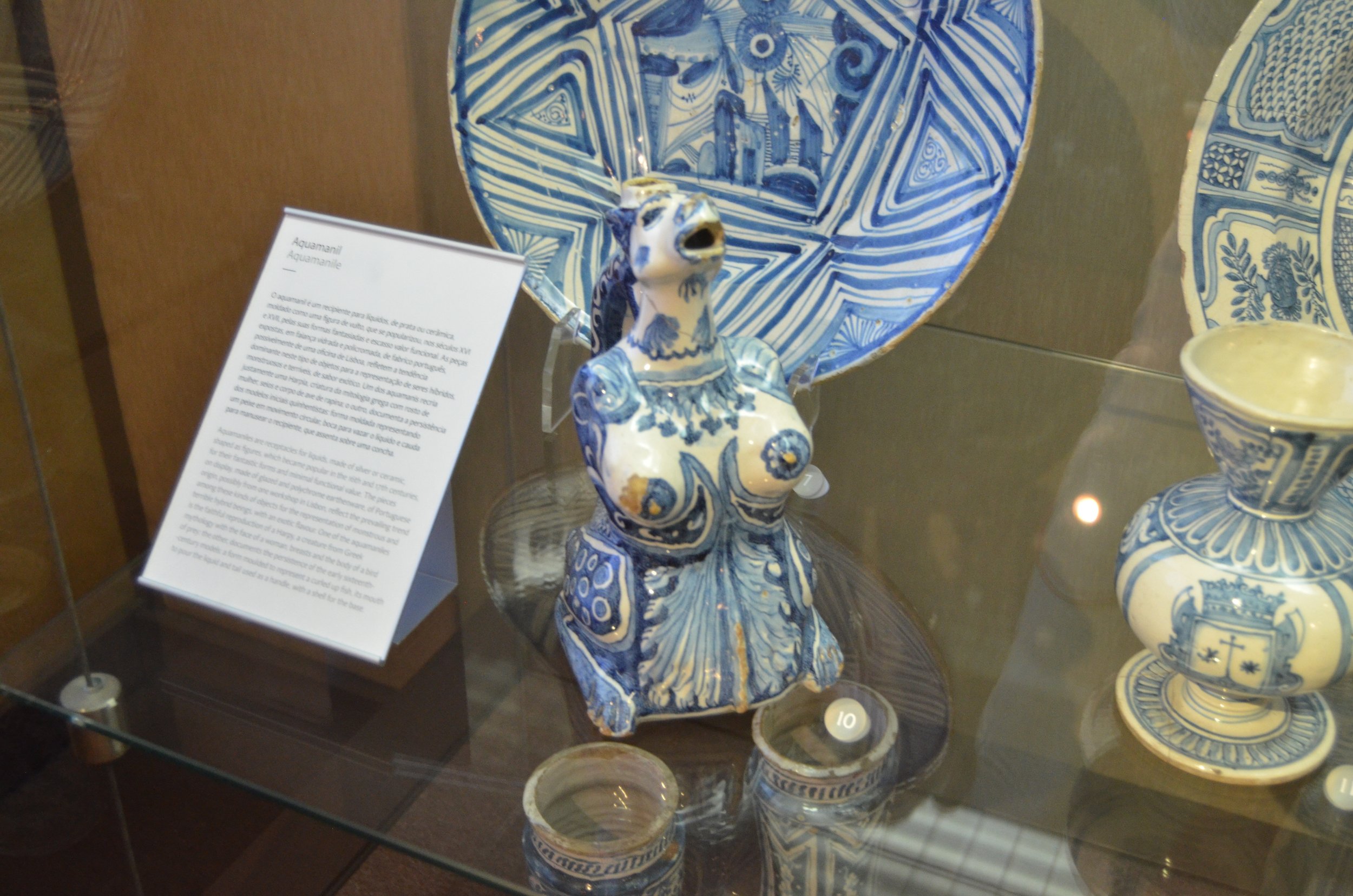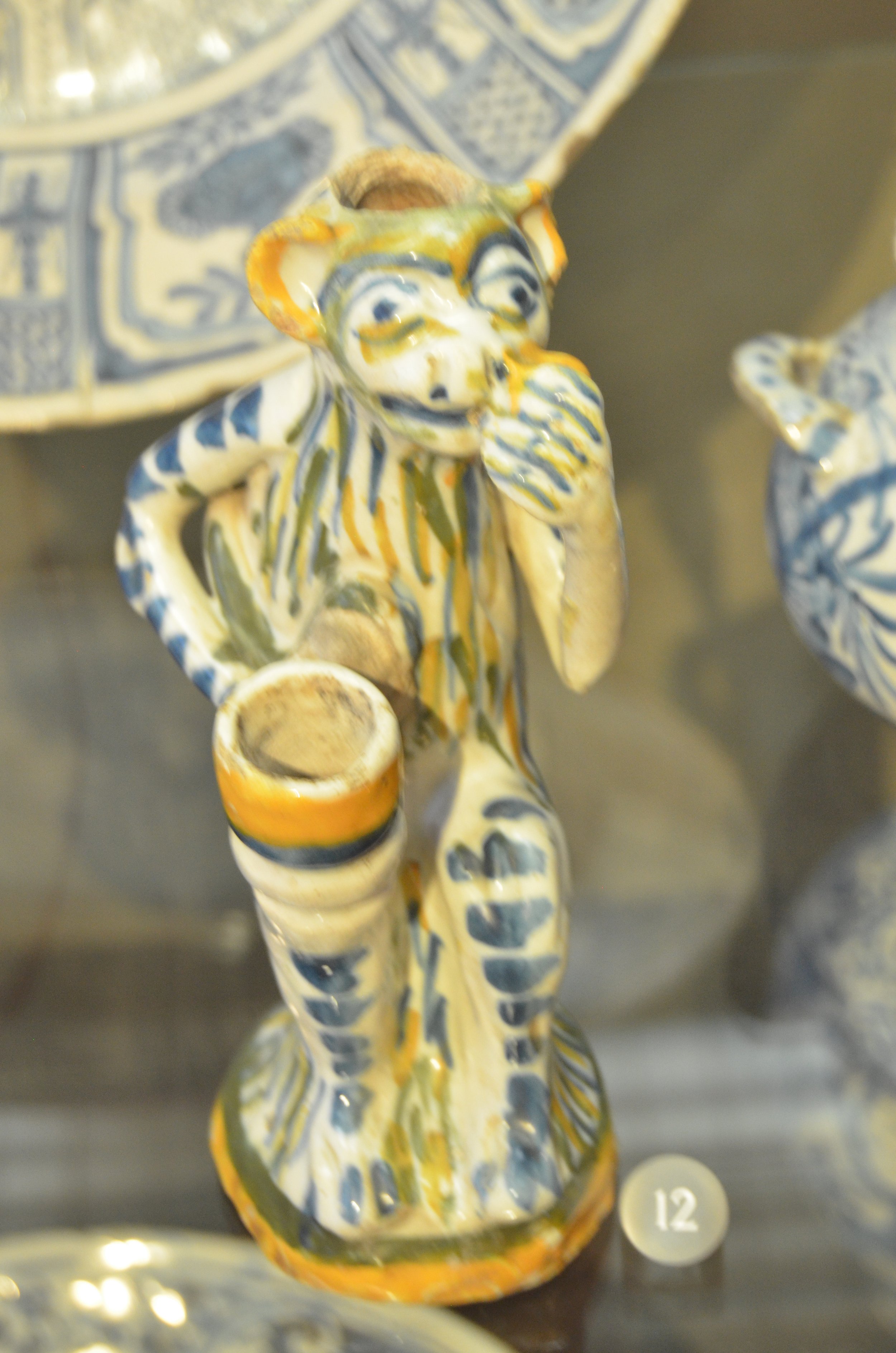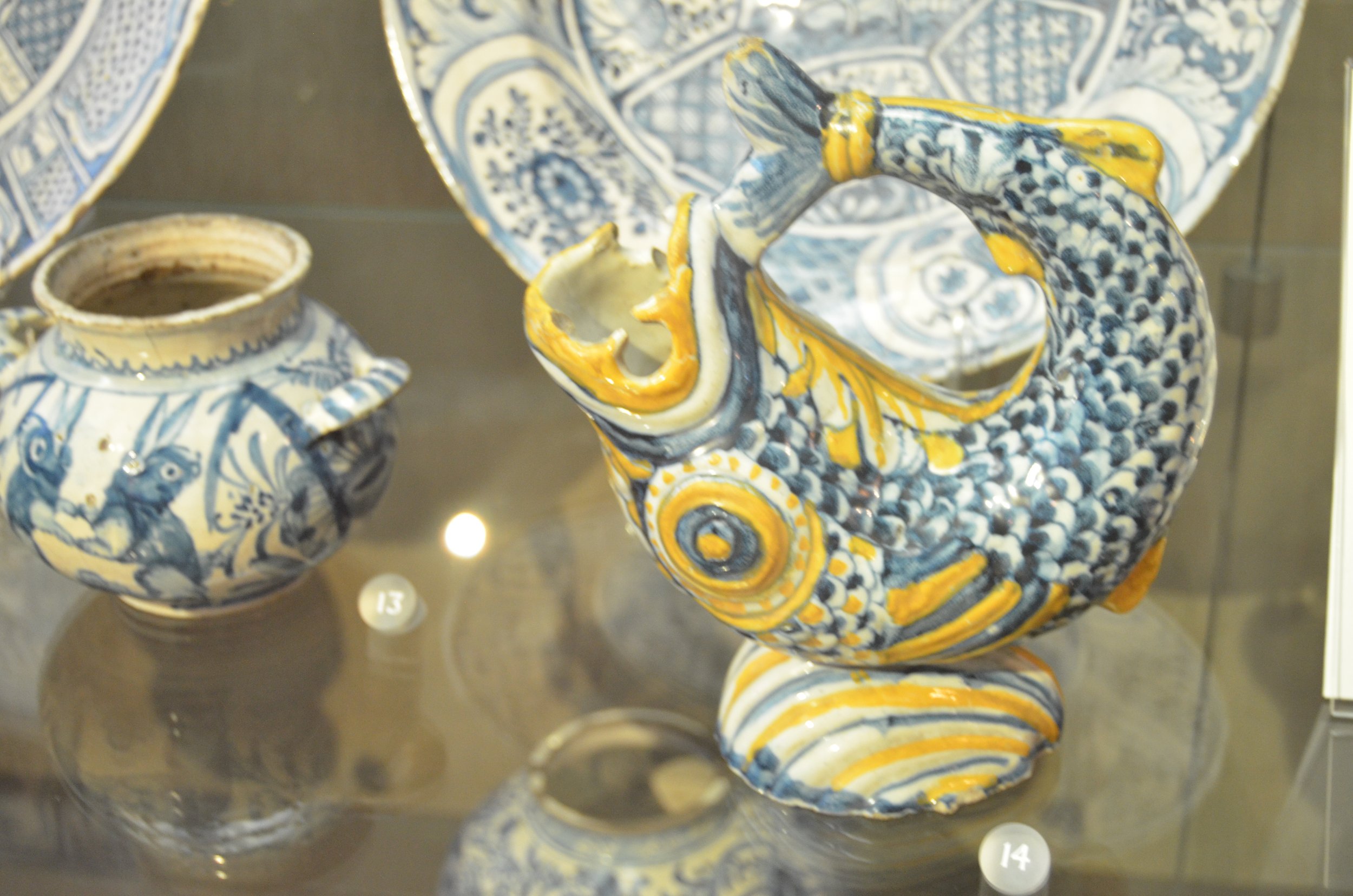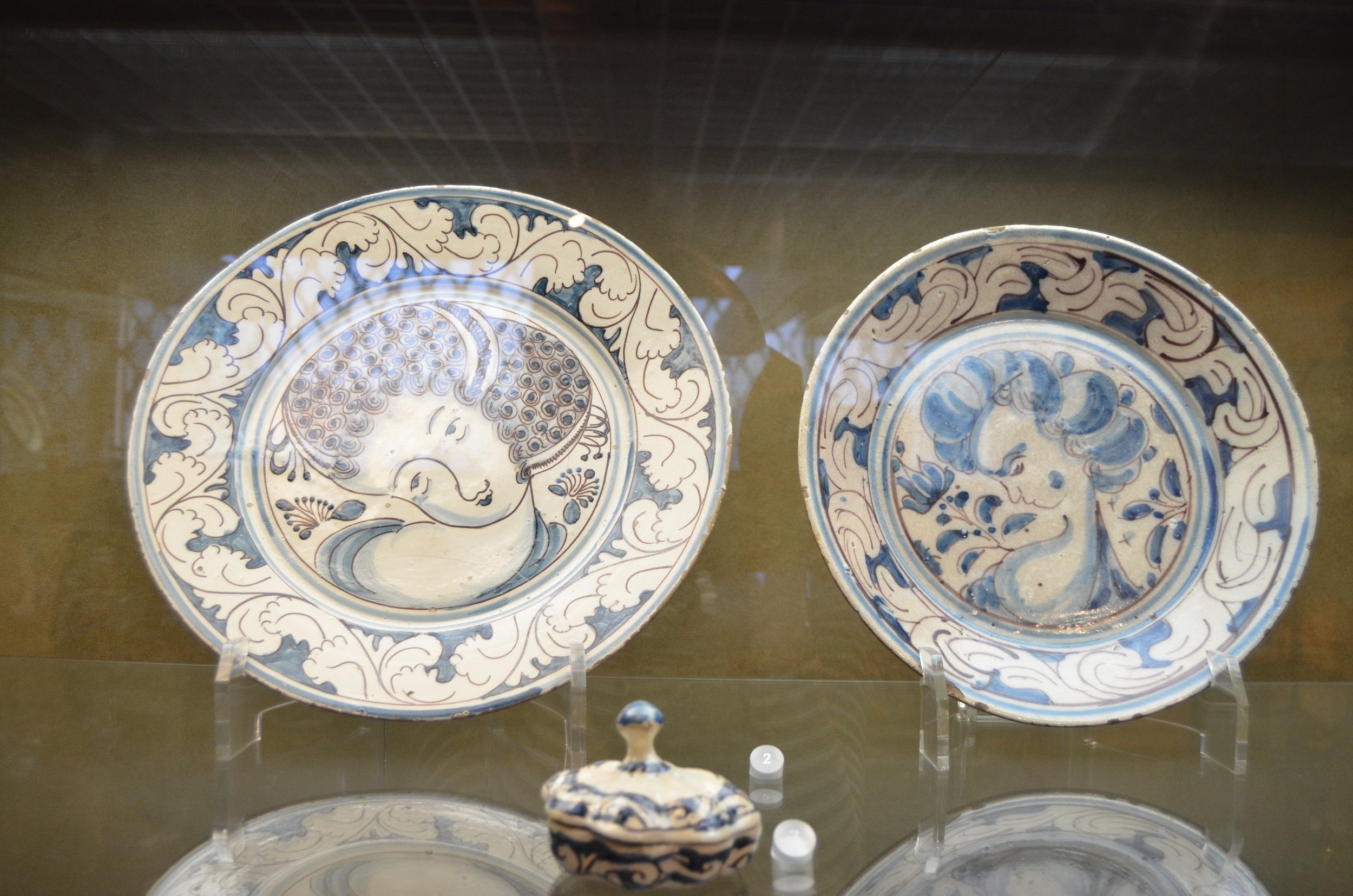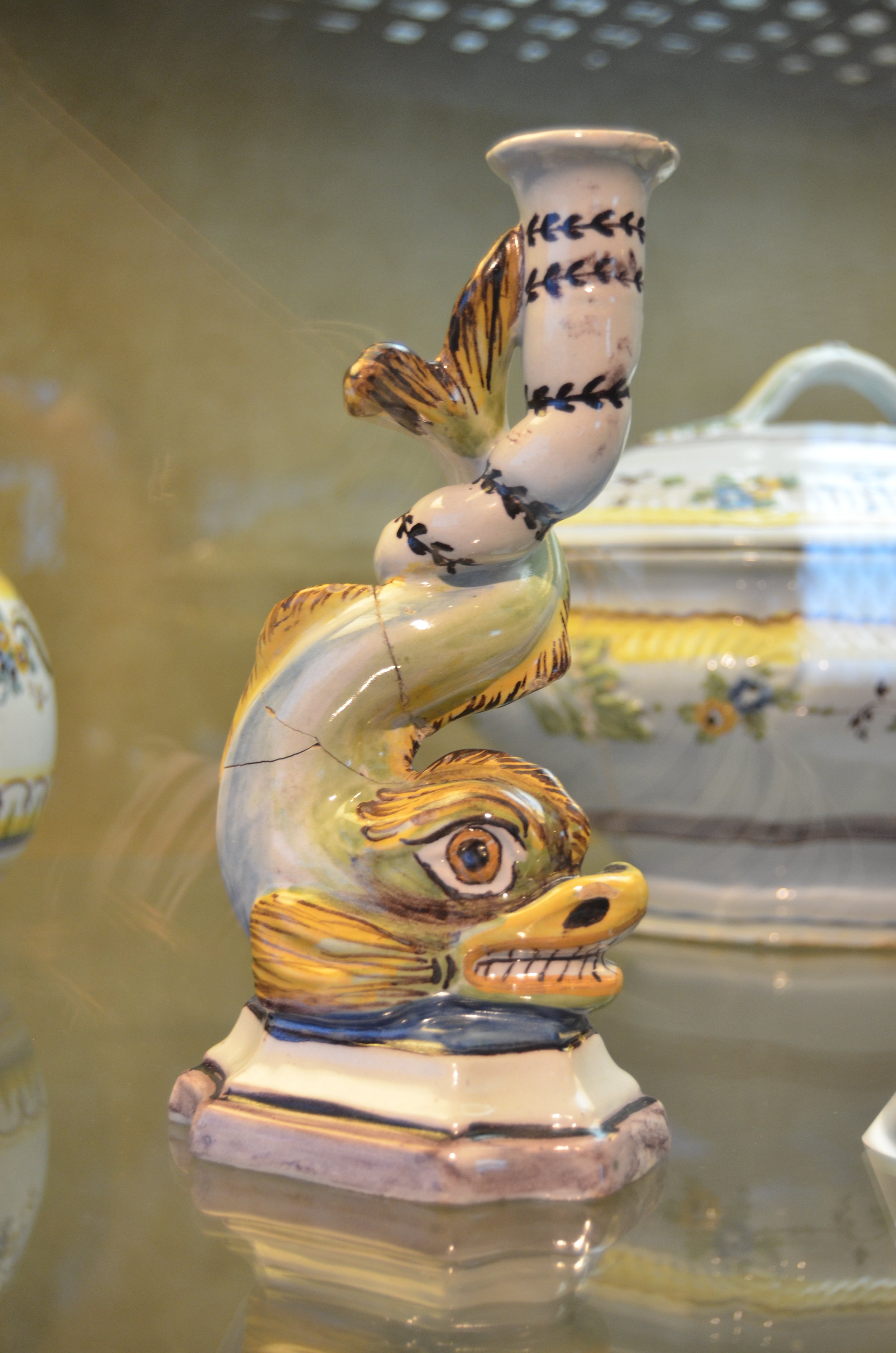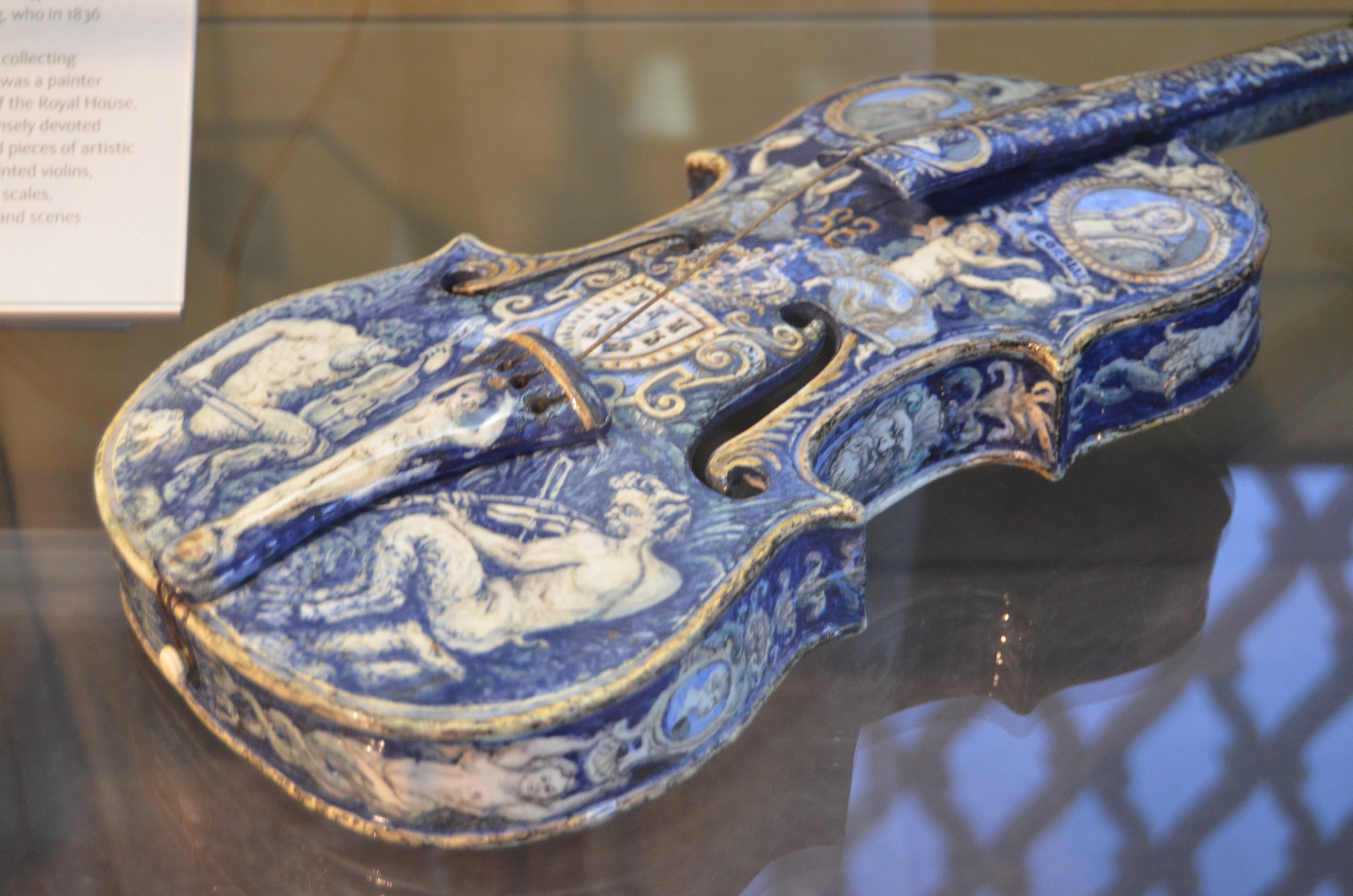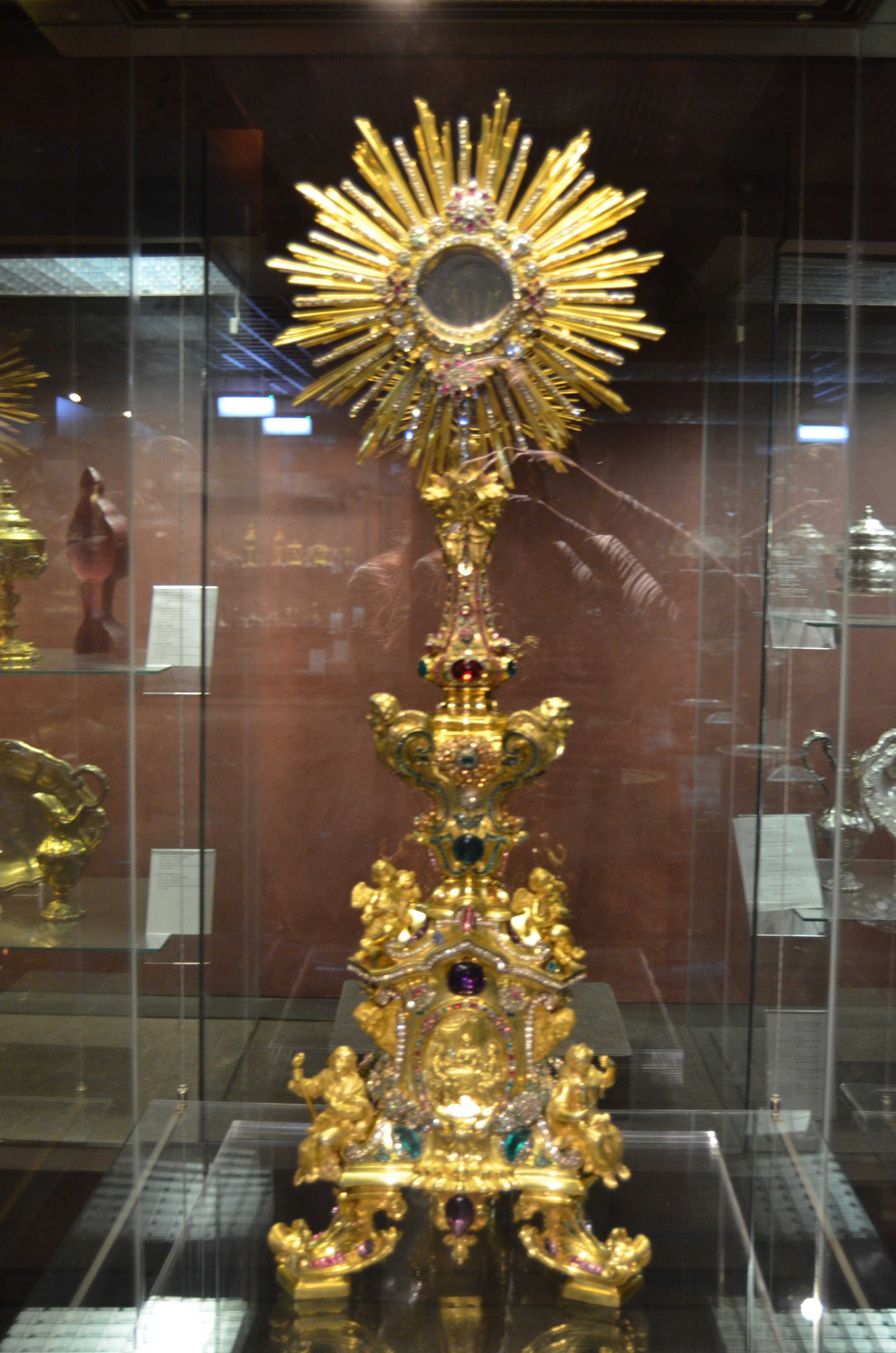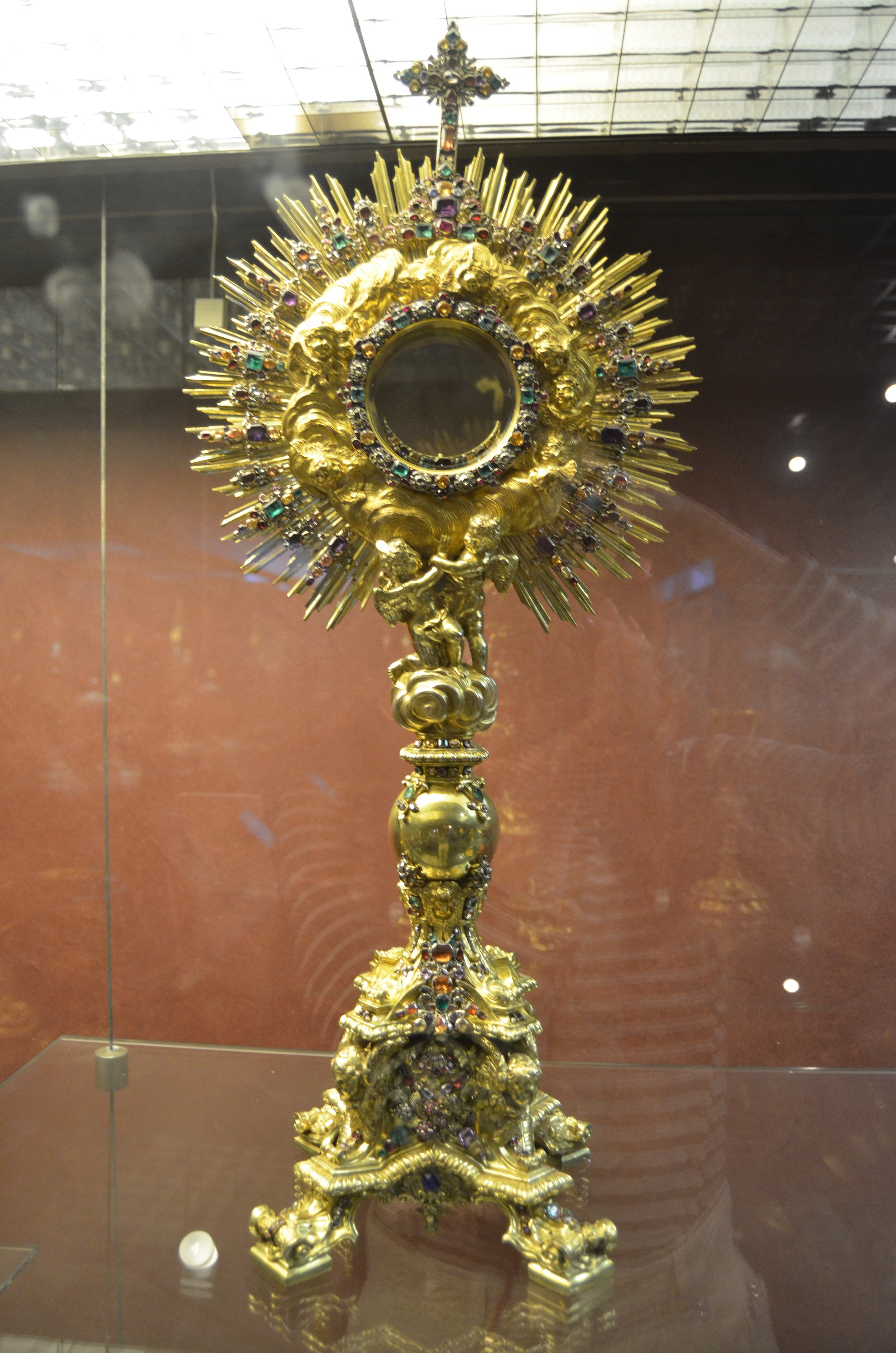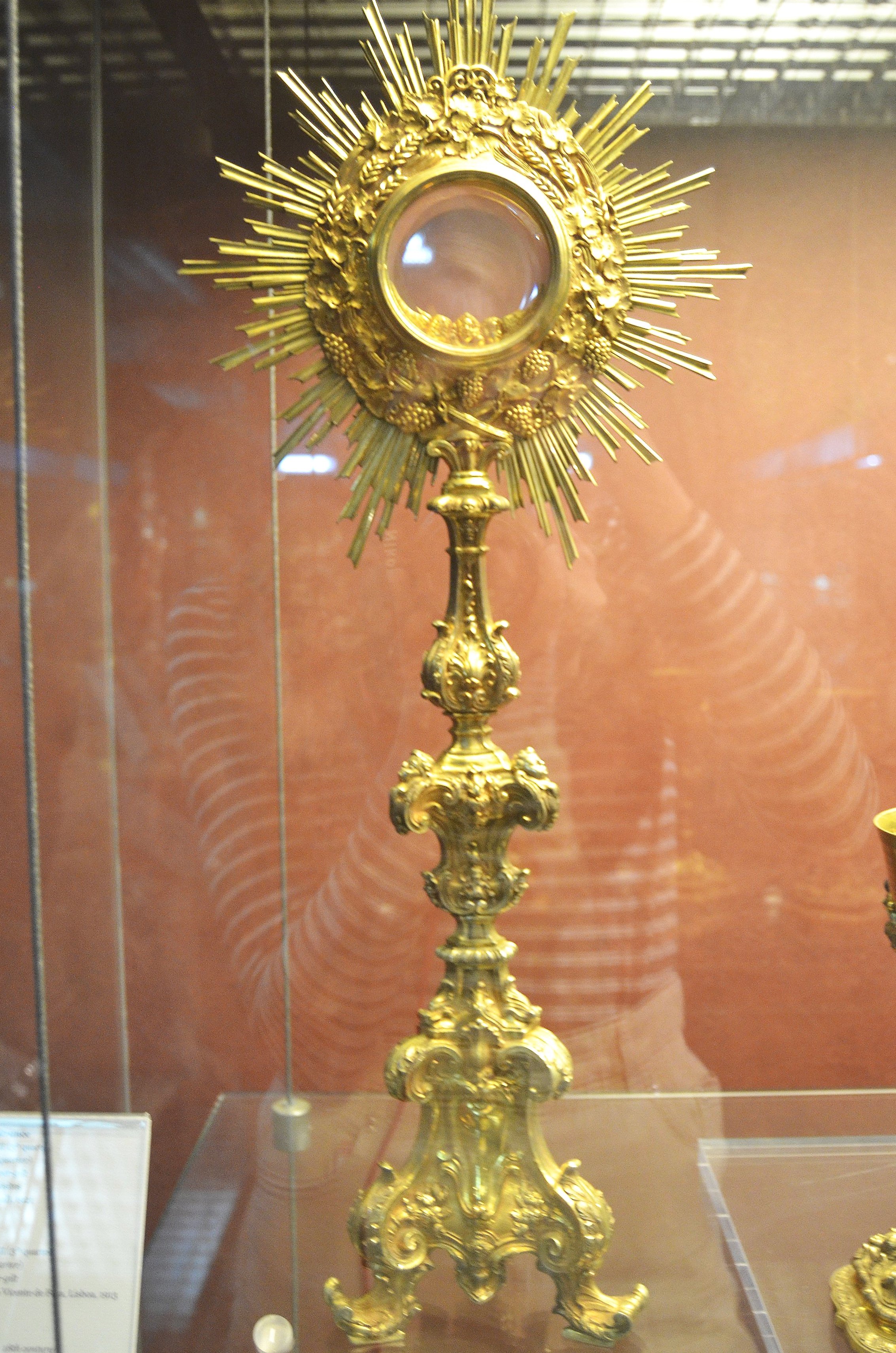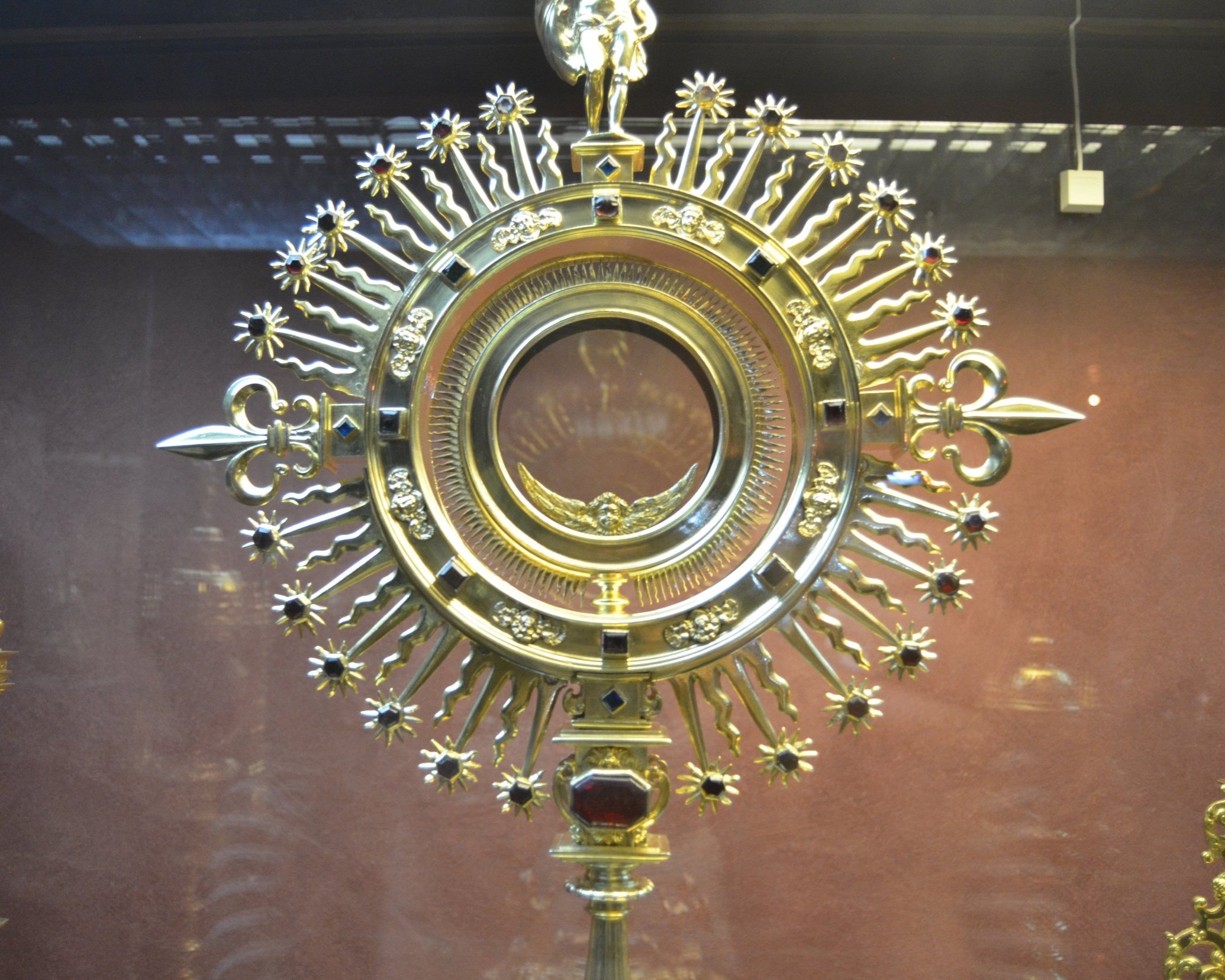Culture Stop: Museu Nacional de Arte Antiga
There are 3 floors to this glorious museum, paying 6€ entry was definitely worth it (although I believe it used to be free). Don’t do what I did, however, and be sure not to miss the Jardim. Whilst I do not claim to be a historian in any form, I think we can all appreciate timeless artworks that continue to shape history, culture and society. Briefly addressing my personal favourites from each floor, this post will far from demonstrate the beauty that comes from the ancient art museum and the individual stories they hold. To truly appreciate this, you will have to visit yourself!
First Floor: Textiles and European Painting
Textiles
This collection comprises around 4,600 pieces (so not all can be documented here), which have been gathered over 180 years. The author of this large and heavy Cope is unknown and dates back to the 15th/16th century.
Perhaps what intrigued me the most about this was the woven fabric: crimson silk thread, laminated gold thread with a yellow silk core. For all those into textiles, this collection will certainly satisfy.
European Painting
Apollo and Marsyas by Luca Giordano c. 1660-1665
This painting struck me when I saw it. Holding a strong Baroque theme, a style of art that flourished throughout 17th century to 1750s, this piece can be seen in the Beauty, Seduction and Sharing art collection. The collections mission being the enhancement of Portuguese people, culture and language. Depicting Apollo punishing Marsyas, Giordano drew inspiration from a Spanish painter based in Naples for this oil on canvas, and demonstrates
“the superiority of erudite classical culture and the dangers of audacity to challenge the powerful.” - Museu de Arte Antiga
Salome with the Head of Saint John the Baptist by Lucas Cranach, the Elder ca. 1510
This is an exceptional piece by Cranach that caught my eye instantly. It marked the beginning of a strange yet vastly female series of work. The series was devoted to themes of female power and women’s wiles and this particular artwork was oil on oak. It exudes a kind of perverted eroticism through which is highlighted by the beauty of the models and the dark/black backgrounds. Cranach is described to have rounded of the golden era of German Renaissance, having lived the longest out of his predecessor's and had the most productive career.
Second Floor: Art from Portuguese Discoveries, Ceramics, Gold and Silverware
Art from Portuguese Discoveries
Nambam Folding Screen by Kano Naizen ca. 1570-1616
There are two pairs of screens which are historically important and artistic documents that show the relationship between Portugal and Japan, depicting the arrival of Portuguese vessels in the port of Nagasaki. They were made on wooden lattice covered with paper, gold leaf, polychrome tempera painting, silk lacquer and copper gilt.
The arrival of the Portuguese in Japan, 1543, gave way for commercial and cultural exchanges that were recorded in the two screen pairings. The landing of the black ship of namban jin (the barbarians from the south, as the Portuguese were called) cultivated curiosity and festive atmospheres that can be seen in detail throughout the screens.
Ceramics
Images 1-5 going across, are called Aquamaniles which are receptacles for liquids, made of silver or ceramic. Shaped as figures, they became popular in the 16th and 17th centuries for their fanciful forms and minimal functional value. They are made of glazed and polychrome earthenware, are of Portuguese origin, and reflect a dominant trend among these kinds of ceramics for their representation of hybrid monstrous beings. The author is unknown.
Image 6 are a couple of ceramic plates depicting two quirky heads of women, I was drawn the female energy they portrayed. Image 7 is a candlestick, the museum had clearly done a good job at gluing it back from where it was once broken. The final image of the ceramic violin, struck a chord in me, as I love the violin, used to play it as a child and am now endeavouring to play it in my adult life.
A native of Bohemia, Wenceslas Cifka (1811-1883) came to Portugal and became interested in collecting diverse forms of artistic expressions. He was devoted to ceramics and along with tiles, he produced pieces of faience including his famous elaborately painted violins, this one in particular decorated with musical motifs.
Gold and Silverware
The intricacy in detail of these gold and silver plated Monstrances had me staring at them for such a long time, simply trying to take in every fine element. Many were described to be of Indo-portuguese origin, anywhere from 16th/17th/18th centuries.
Third Floor: Portuguese Painting and Sculpture
The Adoration of the Magi by Domingos Antonio de Sequeira c.1828
Adoracao dos Magos belongs to a series of four momentous religious paintings created by Sequeira toward the end of his life. After he returned to Rome, he devoted himself to these paintings. His dealings with colour, light and form spoke to me in a way religious paintings have never before. As oil on canvas, even up close it seemed as if real jewels were used in some places. It shows a quest to connect classical tradition and romanticism and I was truly in awe by the sheer elegance of this painting. I can understand why, perhaps, this might be the most successful painting in the whole series.
The Coronation of the Virgin by Domingos Antonio de Sequeira c. 1830
Another oil on canvas in the series of final masterpieces by Sequeira, Coroacao da Virgem takes advantage of the immateriality of light to describe the grandeur of the celestial court. The vivid circles of light are the only aspects that stand out from the gilded tones, expressing the essence of the celestial world. This piece encapsulated my attention for a long while, just as the last did. I’m very thankful to have seen, with my own eyes, such beautiful paintings. They are true reflections of art in its prime.
Model for a Monument to D.Maria I c.17-94-1796
This is a model sculpture of a monument that was intended to be built in the Praca da Estrela in Lisbon. The statuary is the work of Joao Jose de Aguiar, and the statues were cast by Domenico Pieri. Altogether it comprises the pedestrian statue of the Queen depicted as Minerva, the Goddess of Wisdom, among symbolisms of Love of the Nation, Fidelity, Unity of Virtues, Public Happiness. Although it was never built, it caught my eye, I imagined it as big as one of the preexisting statues in places of Lisbon. However, many of those are of men, perhaps the femininity of this particular model is what stood out to me.

